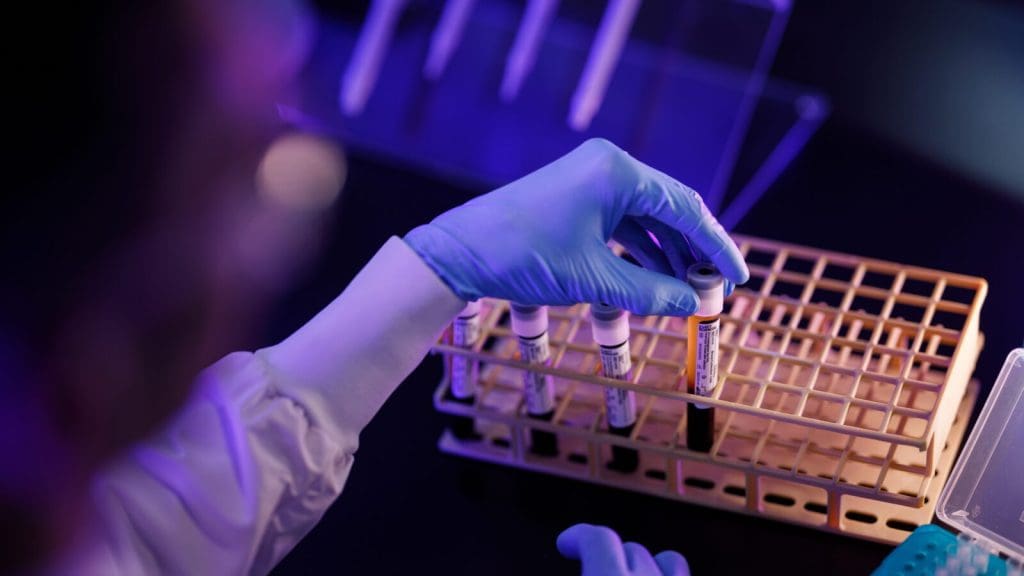15 Oct Can MRD testing reshape adjuvant and surveillance decisions in cancer care?
 Clinicians have long relied on clinical risk factors, imaging, and pathology to guide cancer surveillance and adjuvant treatment. However, even after curative-intent surgery and definitive therapy, recurrence remains a persistent concern. Patients and clinicians can be left without a reliable method to determine whether residual disease is present or if additional treatment will offer meaningful benefit.
Clinicians have long relied on clinical risk factors, imaging, and pathology to guide cancer surveillance and adjuvant treatment. However, even after curative-intent surgery and definitive therapy, recurrence remains a persistent concern. Patients and clinicians can be left without a reliable method to determine whether residual disease is present or if additional treatment will offer meaningful benefit.
Molecular residual disease (MRD) testing has the potential to address these gaps. Now one of the fastest growing areas in oncology, MRD testing detects circulating tumor DNA (ctDNA) in the blood, providing a highly sensitive marker of cancer that can detect signs of disease earlier than standard testing methods.
In certain cancers such as breast and colorectal (CRC), where the value of adjuvant chemotherapy can often be uncertain, particularly in early stages, MRD testing is becoming a tool to deliver a more personalized approach to care.
One MRD test now being used in clinical practice is the Oncodetect™ test±, launched by Exact Sciences in early 2025 and now covered by Medicare.


